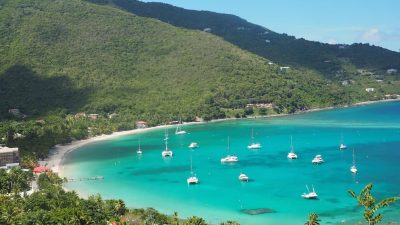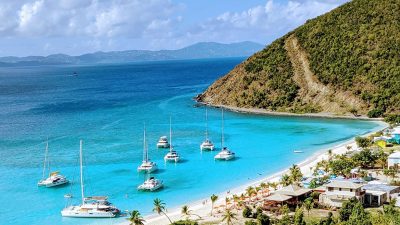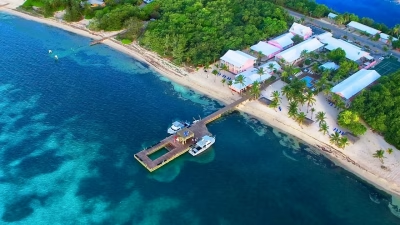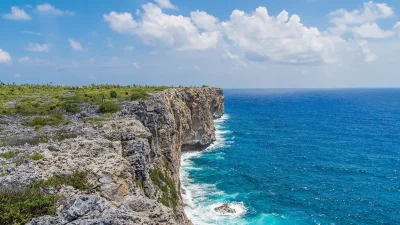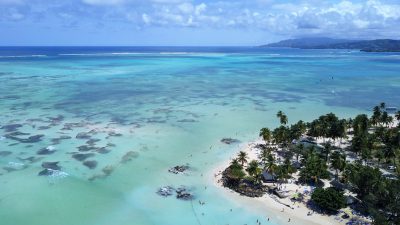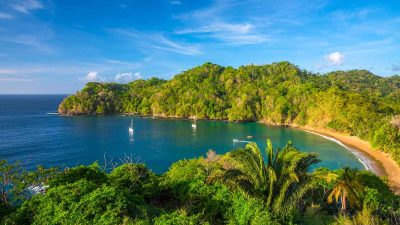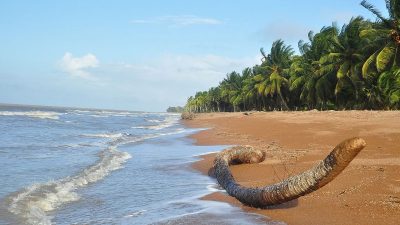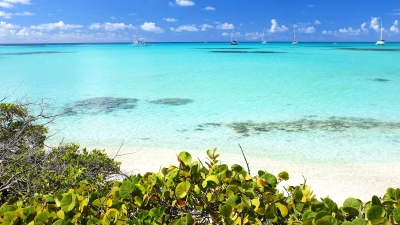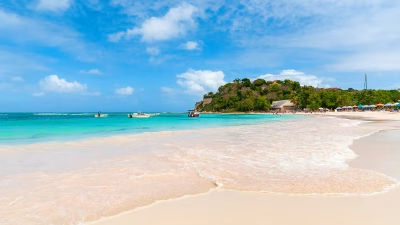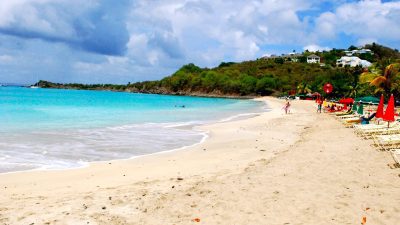Snorkeling Puerto Chiquito with kids is one of the best family activities in Aruba, known for its vibrant coral reefs and marine life. But if you’re planning a family trip and wondering whether this spot is suitable for snorkeling with kids, it’s essential to understand the challenges of this location. Puerto Chiquito is not recommended for beginners or young children due to strong currents, waves, and exposure to open water. Families with older children who are confident swimmers may find it rewarding with the right safety precautions. This guide breaks down everything parents need to know about snorkeling at Puerto Chiquito, including how to access the water, when to avoid the spot, and how to safely enjoy a drift snorkel to nearby Mangel Halto.
Puerto Chiquito, also known by several local names like Rocky Beach, Hole in the Wall, Snapper City, or Boca Baranca, is a top snorkeling destination on Aruba’s southern coast. Just southeast of Mangel Halto, this spot offers impressive coral reef systems and marine life, but it’s important for families to know—this isn’t a beach for beginners or young children. Strong currents, exposure to open water, and no facilities make Puerto Chiquito a destination only for confident swimmers and families with older kids.
In this guide, we’ll walk through how to safely snorkel Puerto Chiquito as a family, how to enter the water, what to expect in terms of current and conditions, and tips for pairing this with a drift snorkel to Mangel Halto.
Where Is Puerto Chiquito Located?

Puerto Chiquito sits just south of Mangel Halto, another well-known snorkeling beach in Aruba that’s better suited for younger children and beginners. Puerto Chiquito, by contrast, has no sandy beach or shallow lagoon. Instead, it’s a rocky coastline with a few narrow bays and reef structures that drop quickly into deeper water.
There are no restrooms, no lifeguards, and no food options on-site, so families need to plan ahead—bring water, reef-safe sunscreen, sturdy water shoes, and a clear understanding of your group’s swimming abilities.
Is Snorkeling Puerto Chiquito with Kids Safe for Families?
This is one of the most important questions parents ask before visiting. The short answer: only if your children are strong swimmers and are experienced with snorkeling in current. The site is almost always affected by wind and current, and wave action is common. On calm days, snorkeling is possible and rewarding, but the location remains exposed and best avoided in rough conditions.
Families with younger children or those new to snorkeling are much better off at Tres Trapi Beach or Arashi Beach, which are calmer and more sheltered.
How to Access the Water at Puerto Chiquito
From the small roadside parking area, you’ll see two shallow bays—one to the left and one to the right. For snorkeling, use the left-side bay. Walk down to the edge, wearing water shoes or reef booties. The bottom is rocky and uneven, so good foot protection is essential.
Enter the water slowly and continue walking until it’s deep enough to float and switch to fins. Because of the current and rocky terrain, children should never be left unattended here, and it’s highly recommended that an adult enter first to assess conditions.
Where to Snorkel at Puerto Chiquito
After entering the left bay, head outward through the small opening in the reef. Once outside of the semi-protected bay, you’ll be in open water. You can choose to snorkel either left or right from this point.
- Going left means swimming against the current first and then letting it assist you on the return.
- Going right is with the current, but returning can be difficult, especially if you get tired swimming against it on the way back.
Visibility here is often excellent further from shore, with healthy coral gardens and abundant reef fish in water ranging from 10 to 20 feet deep. Near the drop-off, it gets deeper quickly.
Always use a dive flag if you’re venturing far out, and watch for boats. Families should stick close to shore and stay within range of the protected bays unless they are very experienced.
Drift Snorkeling from Puerto Chiquito to Mangel Halto
For strong swimmers and families with teens or confident older kids, a drift snorkel from Puerto Chiquito to Mangel Halto can be a unique experience.
Here’s how it works:
- You enter at Puerto Chiquito during calm conditions.
- Let the current gently carry you north toward Mangel Halto.
- Have a designated pickup person waiting at Mangel Halto or arrange transportation back to your car.
This drift covers a stretch of exposed reef, and conditions need to be right. It should never be attempted during strong wind, choppy surf, or if you are unsure of your stamina.
If you’re considering this, check out our family guide to snorkeling Mangel Halto to understand what to expect on the exit end.
What You’ll See While Snorkeling Puerto Chiquito
Despite its difficulty level, Puerto Chiquito is known for:
- Large coral heads and sea fans
- Schools of snapper (hence the name “Snapper City”)
- Parrotfish, angelfish, and other tropical species
- Occasional sightings of barracuda and sea turtles in deeper water
Because the reef begins close to shore and drops off fairly quickly, even intermediate snorkelers can enjoy dramatic underwater landscapes if the conditions are calm and visibility is good.
What Families Should Bring
Since there are no facilities here, pack accordingly:
- Water shoes for rocky entry
- Snorkel gear (mask, fins, snorkel)
- Rash guards or wetsuits for sun protection
- Plenty of water and snacks
- Waterproof dry bag or backpack
- Dive flag if venturing into deeper waters
- Sun hats and towels for after your snorkel
If you’re traveling with younger children and aren’t sure whether this spot is right for your family, explore our full list of best snorkeling beaches in Aruba for kids.
Final Thoughts: Should Families Snorkel Puerto Chiquito?
Puerto Chiquito offers an advanced, uncrowded snorkeling experience with vibrant reef life—but it’s only suitable for families with older kids who are strong swimmers and already comfortable snorkeling in current. This is not the place to try snorkeling for the first time.
If you’re visiting Aruba with little ones or want a more relaxed family day in the water, consider Boca Catalina or Tres Trapi, which offer calm, shallow water and easy access.
For adventurous families, though, Puerto Chiquito is a hidden gem worth discovering—just with the right preparation and safety awareness.
Planning your Aruba family trip? These guides can help you make the most of your time on the island:
- Aruba with Kids: Family Travel Guide
- Best Restaurants in Aruba
- Best Snorkeling in Aruba for Families
- Kid-Friendly Hikes in Aruba
Check out our ranked family travel lists for Aruba:
- Best Things to Do in Aruba with Kids (Ranked)
- Best Family Beaches in Aruba (Ranked)
- Best Family Stays in Aruba (Ranked)
For more general travel info, visit the Wikivoyage page on Aruba.

